UC-157 Asparagus Seeds
$6.00 Original price was: $6.00.$2.80Current price is: $2.80.
Genus Asparagus
Species officinalis
Variety UC-157
Item Form (P) Pkt of 20 seeds
Fruit Color Green
Seeds Per Pack 20
Plant Height 3 ft – 4 ft
Additional Characteristics Edible
Foliage Color Medium Green
Light Requirements Full Sun
Uses Cuisine
One of the highest producing varieties | Performs well in warmer climates
Developed at the University of California Davis (hence the name), UC-157 Asparagus is a stem vegetable. An early, high-yielding hybrid, the plant produces an abundance of long, straight, light green spears with tight, tapering tips and a delicious super sweet flavor. For best flavor and texture, harvest young shoots in early spring at about 5 to 7 inches long. Asparagus spears can be boiled, braised, roasted, steamed, stir fried, or grilled. Asparagus is considered a superfood for its nutrient rich content, having a high (top 20) Aggregate Nutrient Density Index score (ANDI), or micronutrient-per-calorie density. It is a good source of vitamins B6, C, and K, fiber, niacin, thiamin, and riboflavin. It also contains a range of phytonutrients.
UC-157 Asparagus, a long-lived, herbaceous perennial, is a member of the asparagus family (Asparagaceae). The plant self-propagates by rhizomatous roots. UC-157 Asparagus is monecious, producing both male and female flowers, and does not need a second plant for pollination. But the female flowers must receive pollen from the male flowers to set fruit, which is usually carried out by bees. So, it may be helpful to plant bee-attracting plants, like marigolds and zinnias, nearby to ensure pollination. Once established, the plant can produce for decades, but it should not be harvested until the second year or third year. If asparagus is not harvested, the plant produces a towering fern of attractive, feathery, very branched foliage of tiny, linear leaves that turn yellow in fall. The plants have ornamental value and are suitable for edible landscapes.
UC-157 Asparagus is easy to grow. It prefers full sun and loose, organically rich, evenly moist, sandy, well-drained soil with a neutral pH of 6.0 to 7.0 and that is free of weeds. Top dress with compost and apply nitrogen yearly, in early spring. Asparagus tends to grow best in cooler locales with long winters; however, UC-157 is more heat tolerant than most, and it is disease resistant.
A cool-season vegetable, one of the first to be planted in the garden, asparagus seed can be direct sown in early spring 2 to 4 weeks before the last frost date. It can also be started indoors 8 to 10 weeks before transplanting into the garden when the soil reaches a temperature of 60 to 65°F. Mulching helps to moderate soil temperature as well as to maintain soil moisture and control weeds. Protect plants with row covers if temperatures are expected to dip below 20°F.
If you plan to start your seeds indoors, be sure to check out our Bio Dome Seed Starter Kit. With the Bio Dome, you can control the temperature, light, and soil mix to ensure your seeds become strong for transplant.
Be the first to review “UC-157 Asparagus Seeds” Cancel reply
Shipping is an additional 15-29 business days depending on location. Shipping time will be provided at checkout.
Returns
If seeds fail to leave China, we will refund your payment 100%. But if seeds fail to reach you due to customs problem on your side which we were not informed in advance, we will not be able to bear any loss, and no refund will be made.
We sell only viable plants seeds online, and test germination of our seeds from time to time. So we will not be able to refund for seeds that clients fail to germinate, unless we are convinced that it's truly problem of our seeds.
———
Please send us an email: [email protected] and be as detailed as possible while filling in the information.
After submission, We will reply to you within 24 hours. Please be patient.
———
CHARGEBACKS & DISPUTES
Please contact us by email before opening a merchant chargeback or payment dispute, as we can generally resolve the issue before that takes place. Any chargebacks and disputes disable our ability to issue refunds or credits due to funds being frozen.
———
REFUND, EXCHANGE AND RETURN
Customers have the right to request a refund/ return/ exchange within 14 days from the delivery date. Our Customer Service team will offer the best solutions for specific situations.
Related products
Asparagus
New Vegetables
Asparagus
New Vegetables
Asparagus
New Vegetables
New Vegetables
New Vegetables


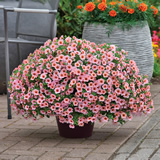
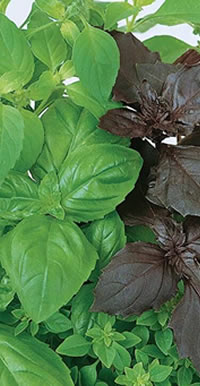
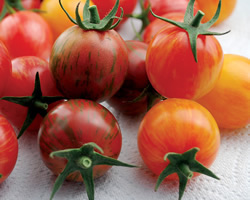
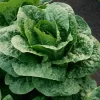
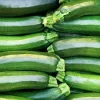
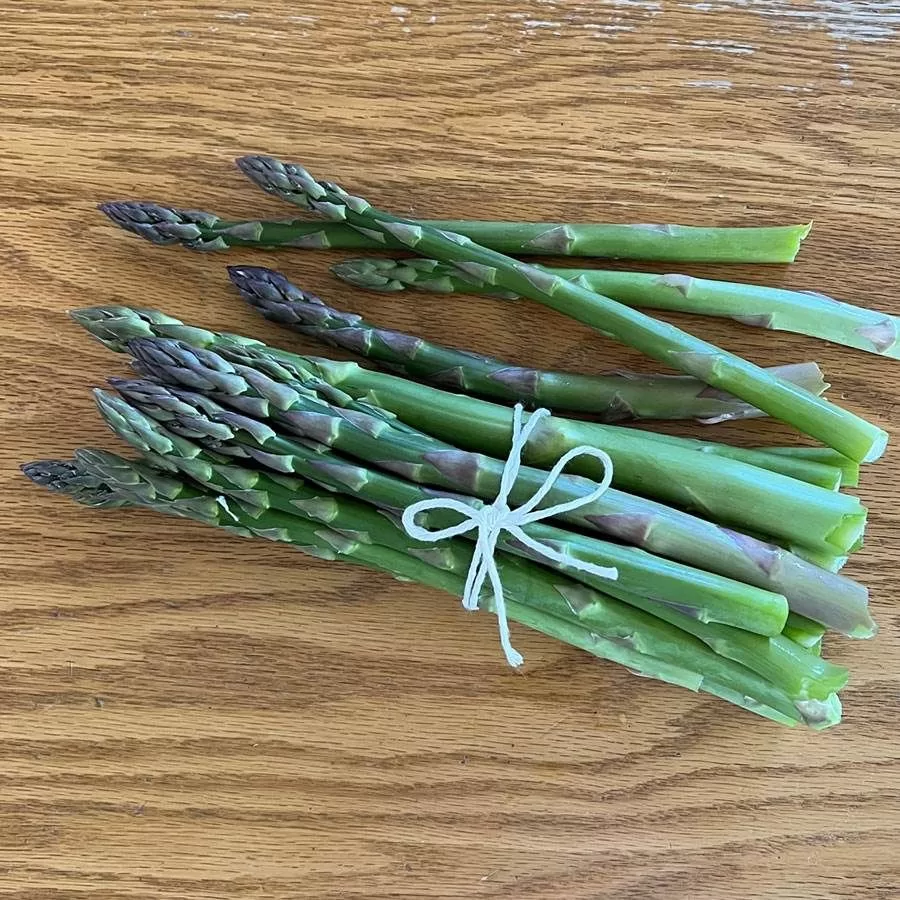
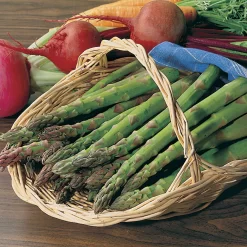
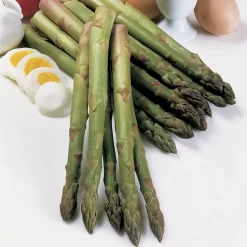
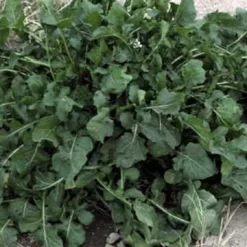
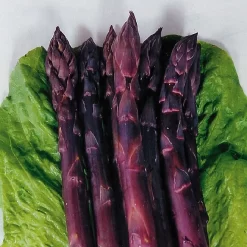
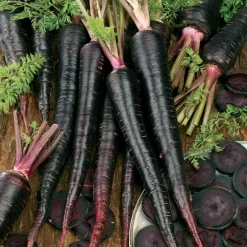
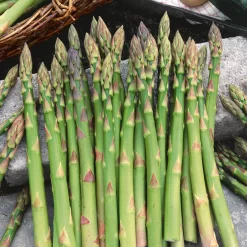
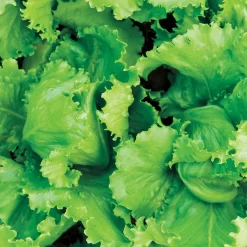
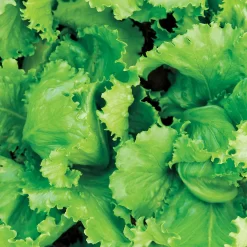
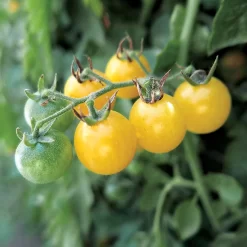
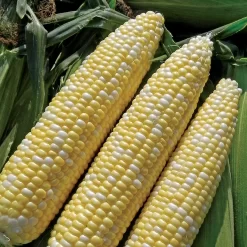
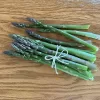
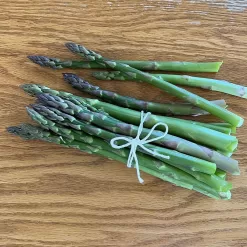
Reviews
There are no reviews yet.